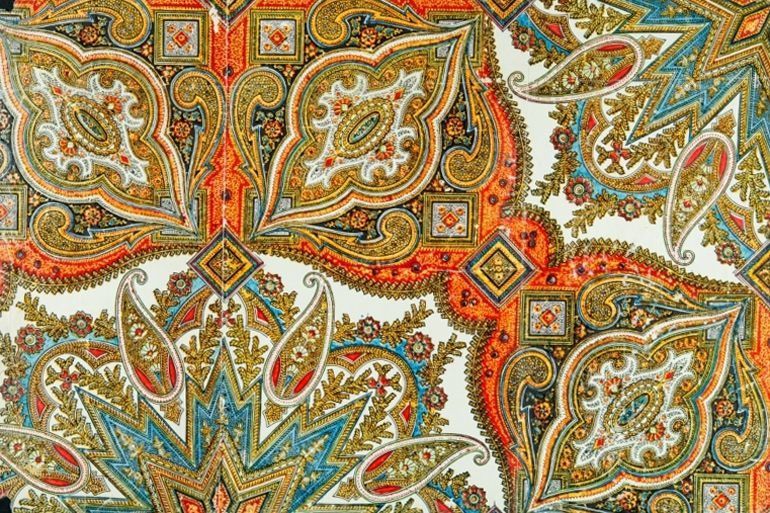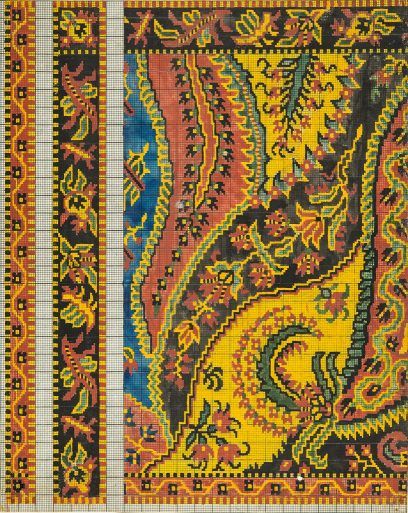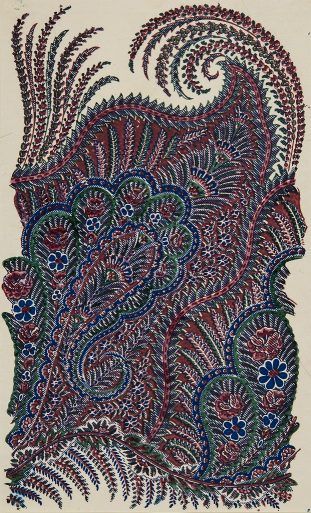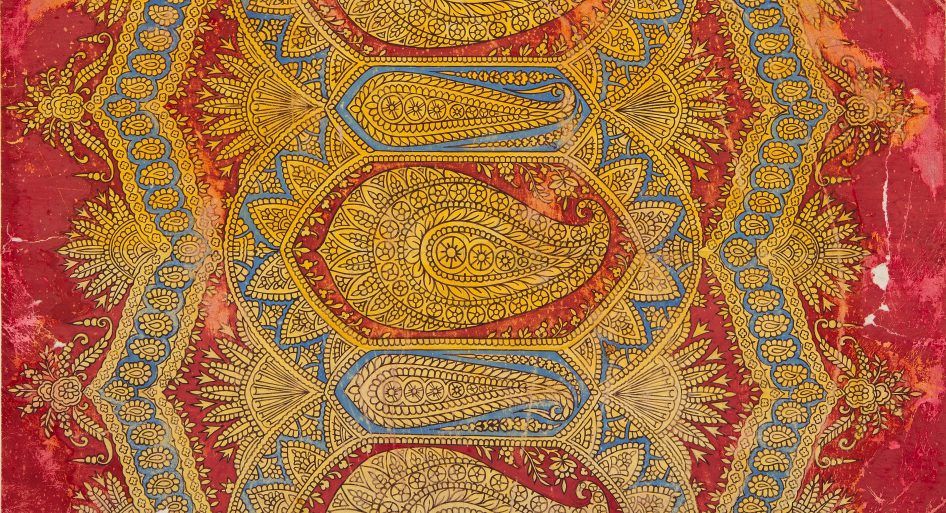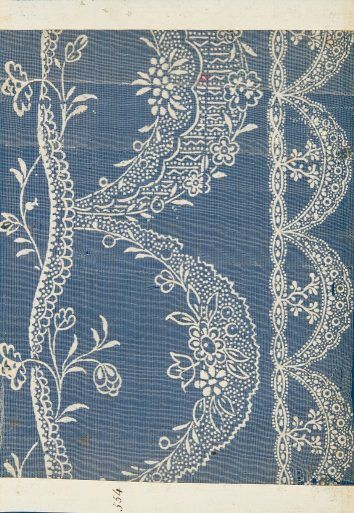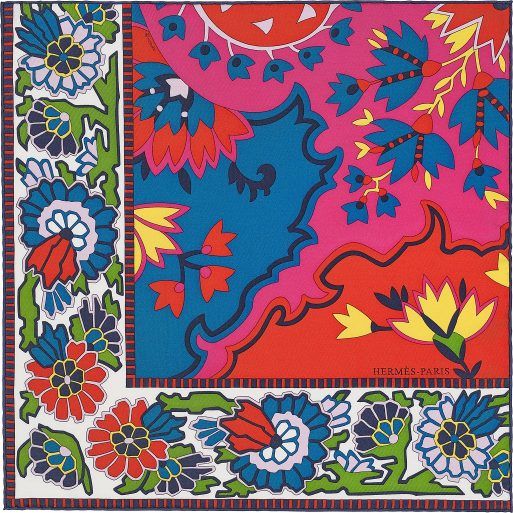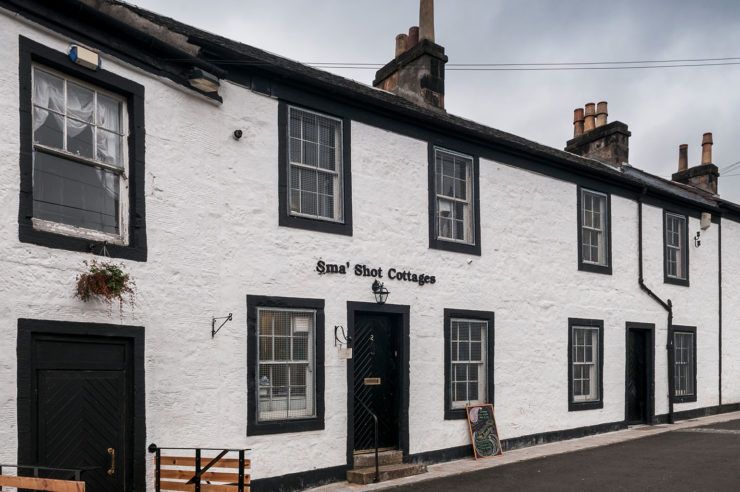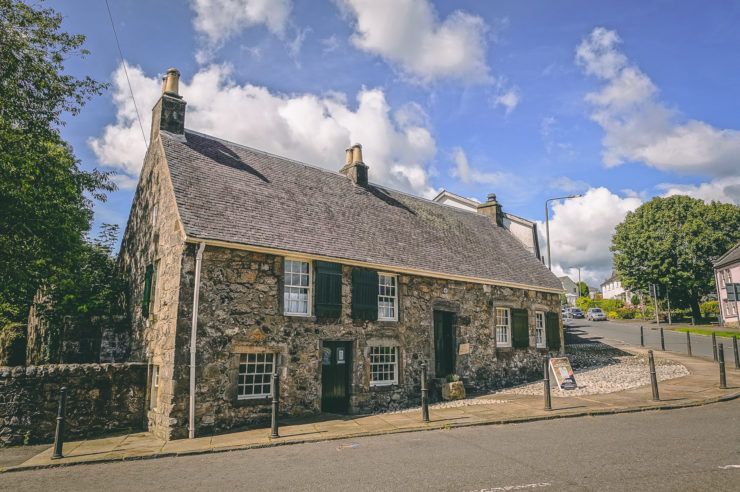Scotland’s largest town was forever changed by The Paisley Pattern.
It has been worn by everyone from Queen Victoria to The Beatles. It is instantly recognised across the world. And it is as iconic and fashionable today as it was when it put Paisley at the centre of the global textile trade.
The beautiful Kashmir shawl originated in India in the 11th Century. The teardrop motif was its most popular and recognisable design.
The designs made their way to western Europe in the latter half of the 18th Century. The rareity of the pattern meant they became a symbol of wealth and status among upper-class women.
European manufacturers wanted to imitate this rare and expensive product. However, producing the Kashmir shawl on looms required an very high level of skill and technology. This meant only a small number of weaving centres in Europe were able to meet the challenge.
Our home, Paisley, was one of these centres. The weavers of Paisley were already used to producing fine silk gauzes and figured muslins. They had developed a world-class level of expertise and technical skill. Indeed, at the time, the Paisley weavers were some of the best weavers in the world. So they were very well-equipped to take on the weaving of these ‘imitation’ shawls.
Until this point, weaving had been something of a cottage industry. However, the introduction of the jacquard loom and the innovations of the Paisley weaving industry changed all of this.
The main innovation was to improve the hand loom process to involve five colours rather than two. This meant the weavers could make far more intricate patterns. Additionally, the weavers developed the idea of the sub division of labour. At the time, it was an inspriring new way of sharing the workload. These innovations helped take shawl manufacturers out of cottages and into factories.
Did you know? The offical name for the teardrop shape featured in a Paisley Pattern is a ‘Pine’.
